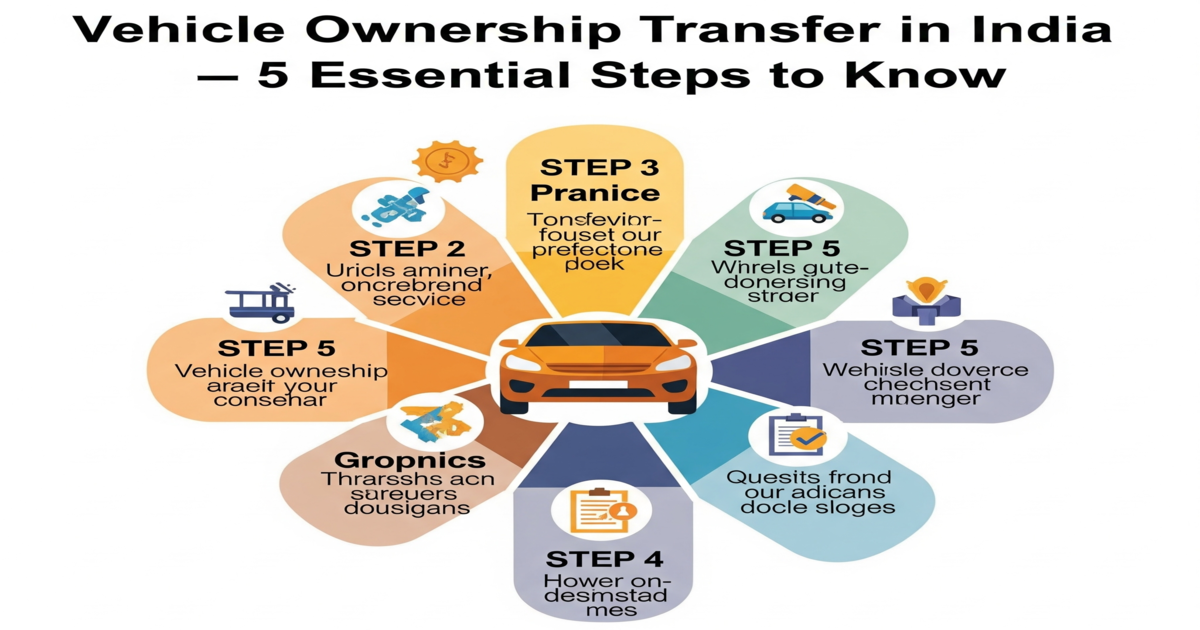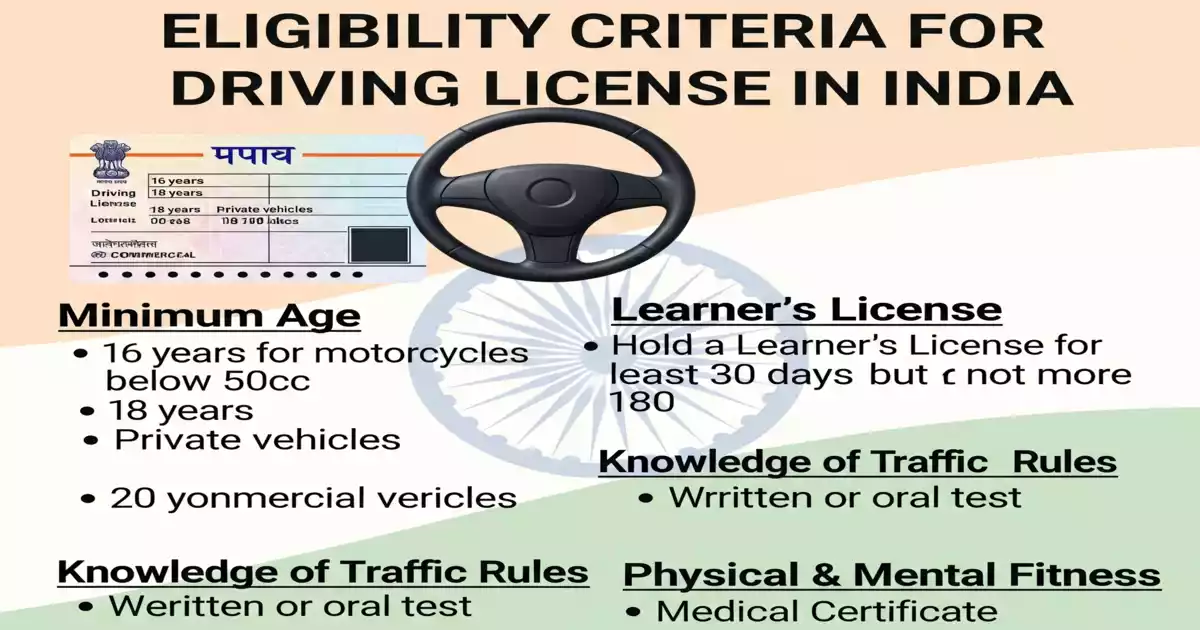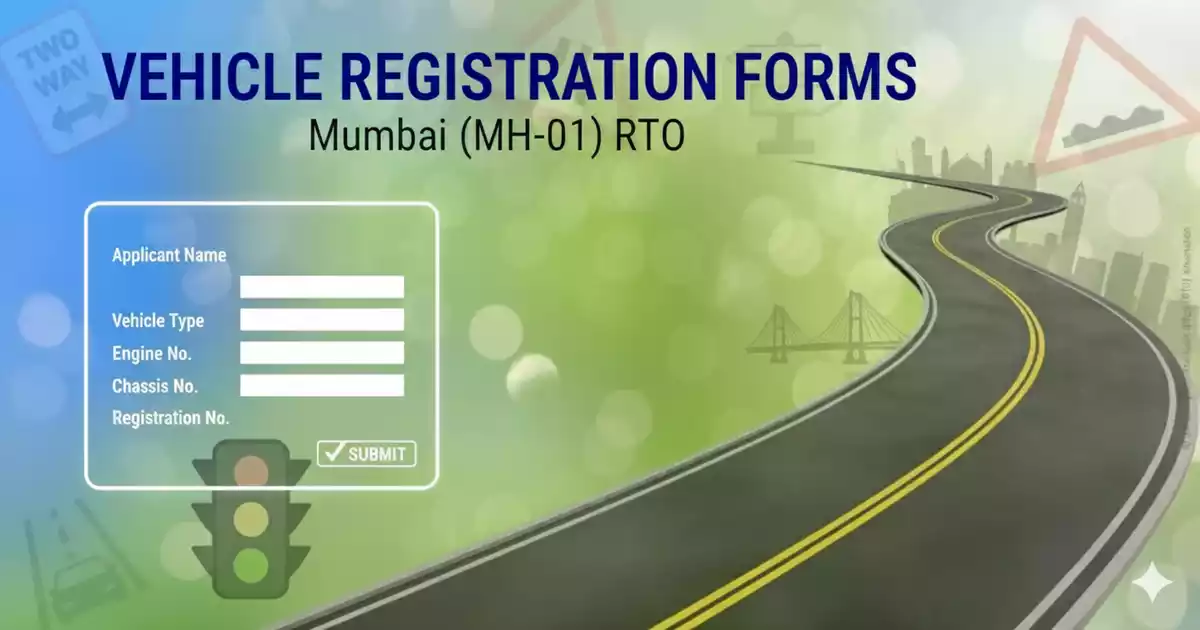Vehicle Ownership Transfer in India – Complete Guide
Buying or selling a vehicle in India is not just about handing over the keys and exchanging money. Legally, the ownership of the vehicle must be transferred to the buyer’s name at the Regional Transport Office (RTO). This process ensures that all liabilities—such as insurance, taxes, and traffic fines—are linked to the correct owner Vehicle Ownership Transfer in India.
If you’re planning to buy or sell a car or bike, understanding the vehicle ownership transfer process is crucial. In this article, we’ll walk through the five essential steps you need to know.
1. Understand Vehicle Ownership Transfer
Before starting the process, it’s important to understand what Vehicle Ownership Transfer in India means.
- What is Ownership Transfer?
Ownership transfer is the legal process of updating the Registration Certificate (RC) to reflect the new owner’s name instead of the previous one. - Legal Importance:
- Protects the buyer by establishing legal ownership.
- Protects the seller from future liabilities like traffic challans, accidents, or criminal misuse of the vehicle.
- Ensures insurance claims and road taxes are linked to the correct person.
👉 Without completing this step, both buyer and seller could face unnecessary legal and financial complications.
2. Gather Required Documents
For a successful transfer, you need to collect and submit the correct documents. Missing paperwork can delay the process.
- Original Registration Certificate (RC): Proof of vehicle ownership.
- Insurance Certificate: Valid motor insurance in the buyer’s or seller’s name.
- Address Proof: Aadhaar, Passport, Voter ID, or utility bills.
- No Objection Certificate (NOC): Required if the vehicle was purchased with a loan or if it is being transferred from another RTO/state.
- Pollution Under Control (PUC) Certificate: Sometimes required to confirm the vehicle meets emission norms.
👉 Having all documents ready ensures a smoother transfer process at the RTO Vehicle Ownership Transfer in India.
3. Submit Application at RTO
Once documents are ready, you must submit them at the concerned RTO along with the necessary forms.
- Forms to Fill:
- Form 28: No Objection Certificate (if the vehicle is under hypothecation or from another state).
- Form 29: Notice of transfer of ownership.
- Form 30: Application for intimation and transfer of ownership.
- RTO Verification Process:
- The RTO verifies the documents.
- Physical inspection of the vehicle may be carried out.
- Details are cross-checked with the database.
👉 Submission at the correct RTO is vital—if the vehicle is moving to another state, you’ll need interstate transfer formalities too.
4. Pay Fees and Complete Formalities
The ownership transfer is not free—applicants need to pay the prescribed fees at the RTO.
- Transfer Fee Structure:
- Varies depending on the type of vehicle (car, two-wheeler, or commercial).
- Additional charges may apply if the transfer involves another state.
- Processing Timelines:
- Normally, it takes 15–30 days for the transfer to be processed.
- In some cases, delays may occur if documents are incomplete or require additional verification.
👉 Keep fee receipts safe, as they serve as proof of submission until the updated RC is issued.
5. Receive New Registration Certificate
After successful verification and fee payment, the RTO issues a new Registration Certificate (RC) in the buyer’s name Vehicle Ownership Transfer in India.
- Confirm Details: Double-check the spelling of the name, address, and vehicle details.
- Take Delivery of Updated RC: You can collect it physically from the RTO or receive it by post, depending on the state’s process.
- Check for Correctness: Any mistakes must be corrected immediately by contacting the RTO.
👉 Once the updated RC is issued, the buyer becomes the legal owner of the vehicle, completing the transfer process.
Conclusion
Transferring vehicle ownership in India is a structured legal process that safeguards both the buyer and seller. By following the five essential steps—understanding ownership transfer, gathering documents, submitting forms at the RTO, paying fees, and collecting the updated RC—you can ensure a smooth and hassle-free transaction.
FAQs
Q1. How long does it take to transfer vehicle ownership in India?
It usually takes 15–30 days, depending on the RTO and completeness of documents.
Q2. Can I transfer vehicle ownership online?
Yes, in many states you can initiate the process online through the Parivahan portal, though physical verification may still be required.
Q3. Is NOC always required for vehicle ownership transfer?
No, NOC is only required if the vehicle is financed (under hypothecation) or registered in a different state.
Q4. What happens if I don’t transfer the RC after selling my vehicle?
You may still be held legally responsible for traffic fines, accidents, or criminal misuse of the vehicle.
Q5. Do I need to renew insurance before transferring ownership?
Yes, a valid insurance certificate is mandatory to complete the transfer process.



